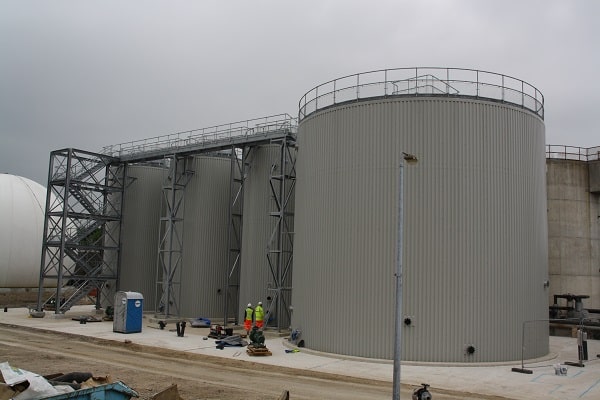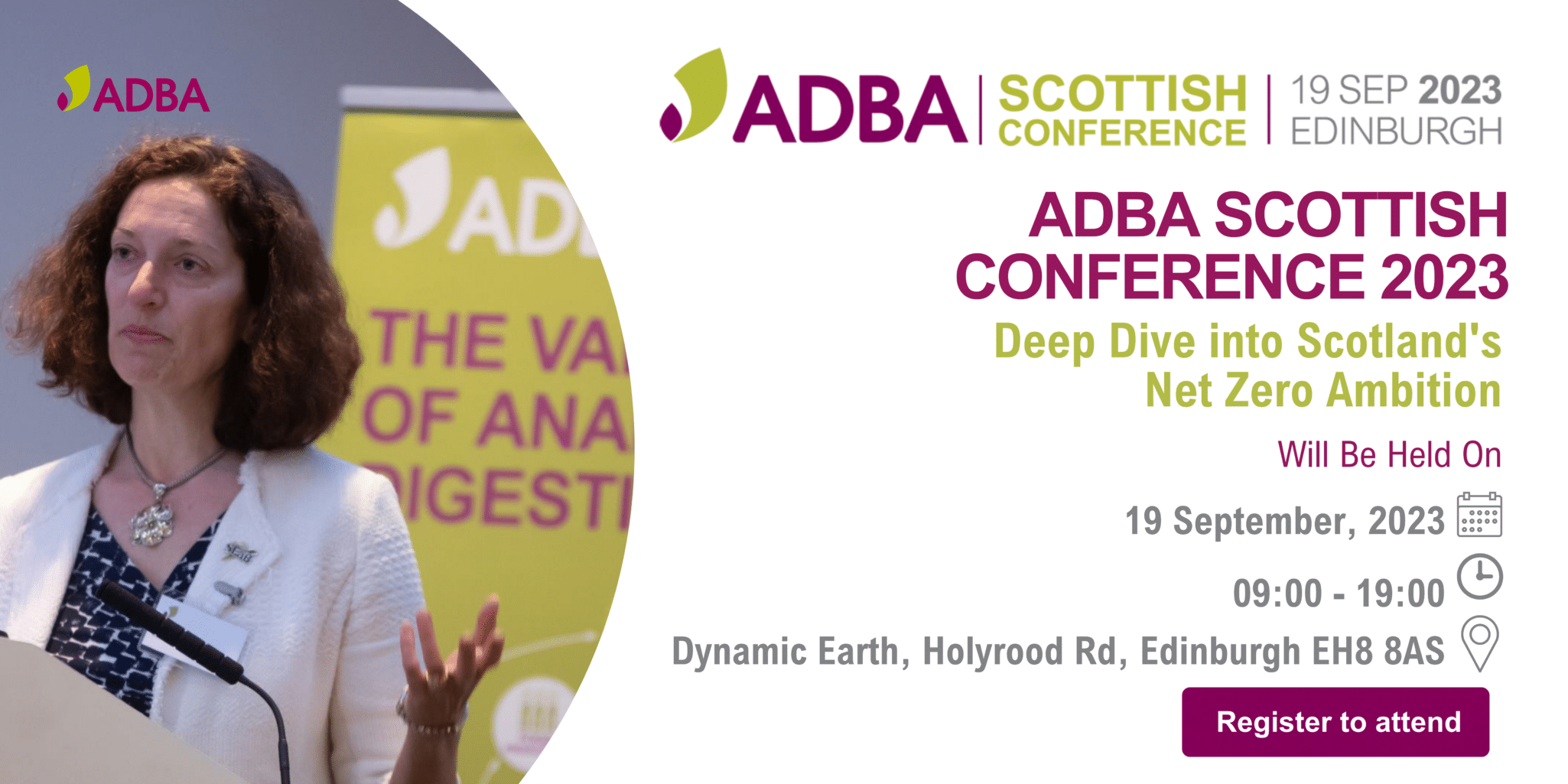Credit: Landia
AD plants can treat a wide range of organic material, including sewage sludge. Early pioneers in the UK used AD for sewage treatment, and it is now employed at the majority of sewage treatment plants which are often owned and managed by the water companies. After initial settling and removal of excess water, the sewage sludge is put through an AD system to reduce volatility and volume. The resulting gas is generally used to heat and power the sewage treatment works to allow for self-sufficiency.

Credit: Anglian Water

Credit: Severn Trent Water
As a feedstock, sewage has a relatively low DM content (raw sewage is approximately 2000mg/l or 0.2% total suspended solids (TSS) and is thickened to 6-10% prior to digestion). The feed does not give particularly high gas yields, however high volumes are produced and treated generally in centralised locations. Sewage sludge may contain a high degree of contamination from various chemicals, oils and organic materials that make their way into the sewerage system, with siloxanes from detergents, shampoos and cosmetics causing potentially significant issues for downstream gas engines. Sewage sludge is commonly treated as a single feedstock in a digester system designed specifically for this. It may include some industrial effluents that are sent via the sewerage system or brought by tanker as a waste water.
Sewage sludge is a relatively homogeneous stream with a constant supply throughout the year though the sewage stream strength may vary seasonally and with high rainfall.
Current legislation that governs the management and treatment of sewage sludge and its spreading to land is a barrier to the uptake of co-digestion with other materials, and it is not an accepted feedstock under PAS110. The water industry has a long history in AD treating sewage sludge, but there are fantastic opportunities for co-digesting sewage sludge with the wider organic waste sector as deregulation of Ofwat is likely to be driven forward in the coming years.

Credit: Thames Water

Credit: Severn Trent Water
In September 2011, the OFT published their Market Study into organic waste, which recommended changes to the economic regulation of Water and Sewerage companies (WaSCs) to help create a level playing field between them and other waste management facilities in the treatment of organic wastes.
Regulatory reform will boost confidence in the sector as it will allow water companies and the wider organic waste treatment sector to make long term strategic decisions to become involved in the AD market.
Sewage in history…
3500 – 2500 BC Remnants of connections to drainage systems in homes in Ur and Babylonia
2500 BC Evidence of earliest urban sanitation systems in Harappa and Mohenjo-Daro
2000 BC Greek civilisations establish the beginning of modern waste water treatment technologies through sewage and drainwater systems
600 BC Ancient Romans built the Cloaca Maxima sewage system, part of which is still in use to this day
300 BC – 400 AD Ancient Greeks establish systems linking public latrines to agricultural fields to use waste water as fertiliser
1200’s Marco Polo writes of Chinese technologies that generate power from sewage tanks
1895 Biogas recovered from sewage system and used to fuel street lamps in Exeter
1904 First dual-purpose tank for both sedimentation and sludge treatment installed in Hampton




